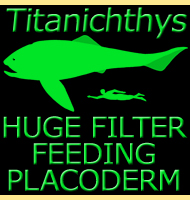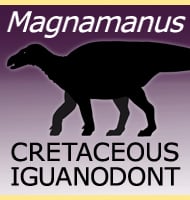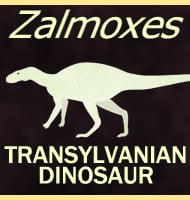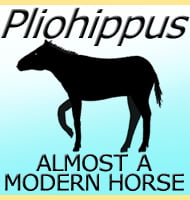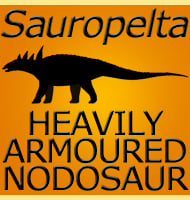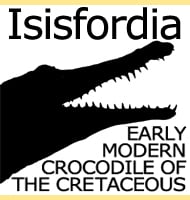In Depth
Yohoia is an interesting little creature that was first discovered in the Canadian Burgess Shale where it is one of the more common creatures so far found. The body of Yohoia begins with a cephalon (head shield) that is followed by thirteen more body segments which end in a paddle-like tail. Three pairs of leg like appendages grew down from the cephalon, and these almost certainly supported the animals’ body when resting on the sea floor. Flat, flap like appendages grew down from the body segments that were behind the head, and these supported stiff bristle like structures. These may have been gills for extracting oxygen out of the water.
The key features that raise the most questions about Yohoia are the arm-like appendages that grow from the front of the base of the head. These are more robust than the leg appendages, and quickly make a sharp bend, dividing the appendage into ‘upper’ and ‘lower’ portions. At the end of the lower portion a cluster of four large spines grew forward and it is here that the main question about the lifestyle of Yohoia begins. Some chose to interpret these spikes as being a predatory adaptation, used to grasp smaller creatures which could then be eaten. Others however prefer an alternate theory where the spiked ends of these appendages where pushed through the soft sediment of the sea floor, filtering and trapping small bits of organic matter that were otherwise hidden.
One further argument for the predatory Yohoia theory is the eyes. At the front of the head bulbuos structures may have been eyes and the key thing here is that they were more forward facing eyes, a common feature for animals that live predatory lifestyles because this gives them much greater visual ability when hunting (e.g. the ability to judge distances). Ultimately however we are still uncertain as to which interpretation is correct.
Further Reading
- Taphonomy of the Greater Phyllopod Bed community, Burgess Shale. PALAIOS 21 (5): 451–65. - Jean-Bernard Caron & Donald A. Jackson. - 2006.

